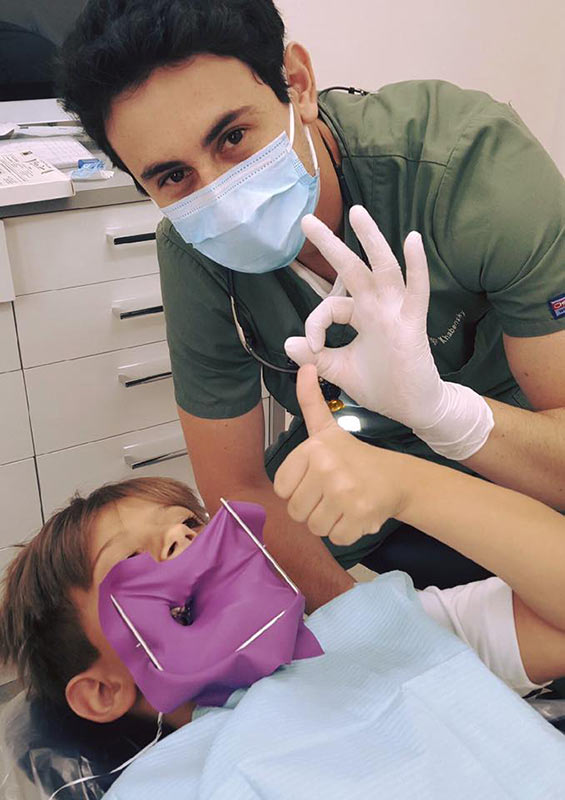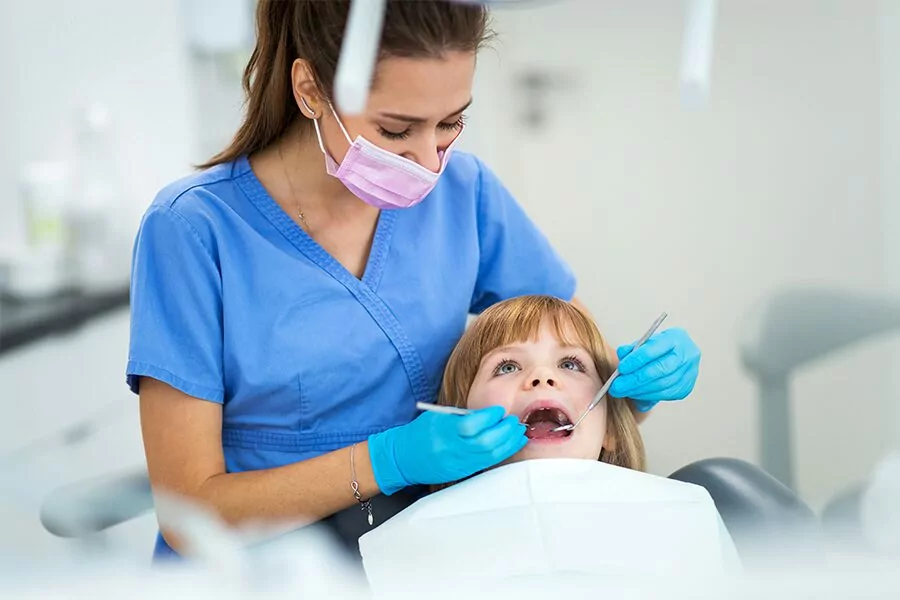The Advantages of Routine Appointments to a Dentist Eugene Oregon
The Advantages of Routine Appointments to a Dentist Eugene Oregon
Blog Article
Check Out the Variety of Dental Issues Dentists Frequently Handle
From the widespread problem of cavities caused by bacterial activity to the much more perilous development of periodontal condition, oral specialists have to be experienced at very early discovery and treatment. Tooth level of sensitivity, usually resulting from used enamel, includes an additional layer of intricacy, while the very early identification of dental cancer cells can be life-saving.
Tooth Cavities and Dental Cavity
While preserving ideal oral hygiene is important, cavities and dental caries remain prevalent issues that dental practitioners regularly resolve. Dental caries, additionally called cavities, are brought on by the demineralization of tooth enamel due to acid-producing bacteria in the mouth. These bacteria thrive on sugars and starches from food and drinks, developing a cycle of acid assaults that slowly erode the enamel and dentin layers of teeth. If left untreated, dental caries can cause considerable dental complications, consisting of infections and tooth loss.
To detect tooth cavities and dental caries, dentists utilize a combination of aesthetic evaluations, oral X-rays, and often laser fluorescence devices. Therapy options differ depending upon the extent of the decay. Early-stage cavities could be managed with fluoride therapies that help remineralize the enamel. For even more advanced degeneration, a dental professional might require to remove the endangered tissue and recover the tooth with fillings made from materials such as composite material, amalgam, or porcelain.
Preventive steps are extremely important in combating cavities and dental cavity. Normal dental examinations, appropriate cleaning and flossing techniques, and a balanced diet plan reduced in sweet foods and drinks are essential methods that sustain dental health and reduce the danger of oral caries.
Gum Illness

This causes the gums to pull away from the teeth, creating pockets that end up being infected. As the body's immune system deals with the germs, the bone and connective tissue that hold teeth in area are broken down.
Dental professionals diagnose gum condition with medical examination and gum probing to gauge pocket depths around the teeth. Therapy may involve scaling and origin planing to remove tartar and microorganisms from tooth surfaces and underneath the periodontals. In extreme situations, surgical treatments like flap surgery or bone grafts are essential to bring back oral health and wellness. Maintaining appropriate dental hygiene and normal dental exams are important for preventing periodontal condition.

Tooth Sensitivity
Beyond gum tissue condition, an additional usual dental issue that patients regularly run into is tooth level of sensitivity. Defined by a sharp, transient pain in response to stimulations such as warm, chilly, wonderful, or acidic foods and beverages, tooth sensitivity can dramatically influence an individual's high quality of life.
Additionally, oral procedures, broken teeth, and gum condition can expose the dentin. To mitigate tooth level of sensitivity, dental experts might recommend making use of toothpaste developed for sensitive teeth, fluoride therapies to reinforce enamel, or dental bonding to cover revealed dentin.
Eventually, resolving tooth sensitivity calls for a detailed approach that includes both preventive steps and targeted treatments to minimize pain and safeguard the oral structures.
Oral Cancer Cells
Oral cancer, a serious and potentially serious problem, often flies under the radar in routine oral treatment discussions. This kind of cancer cells can affect any type of component of the dental cavity, consisting of the lips, tongue, cheeks, flooring of the mouth, soft and hard tastes buds, sinuses, and throat. Early discovery is essential for effective therapy, yet many cases are identified at innovative phases due to subtle preliminary signs and symptoms.
Misaligned Bites
Misaligned bites, likewise called malocclusions, are a common oral Click This Link concern that can considerably influence both oral health and total lifestyle - eugene dentist. These conditions happen when the top and lower teeth do not align appropriately, leading to problems in attacking, eating, and also speaking. Malocclusions can be categorized right into numerous kinds, consisting of overbites, underbites, crossbites, and open attacks, each presenting distinct obstacles that call for tailored treatment methods
The root causes of misaligned attacks are varied and can include genetic elements, early loss of key teeth, thumb sucking, and injuries to the jaw. Signs and symptoms often include discomfort or pain in the jaw, regular attacking of the internal cheeks, and a raised threat of dental cavity and gum disease because of problem in preserving oral hygiene.
Orthodontists and dentists employ a variety discover this of interventions to deal with misaligned bites, from conventional braces and clear aligners to advanced procedures in severe cases. Early medical diagnosis and therapy are critical to avoid problems such as temporomandibular joint (TMJ) conditions and irregular wear on teeth. Through comprehensive evaluation and personalized therapy strategies, dental professionals play a crucial duty in remedying malocclusions and improving clients' oral feature and appearances.
Verdict
Dental experts deal with a spectrum of oral problems, each with distinct obstacles and treatment methods. Cavities and dental caries result from microbial task that compromises tooth enamel, while gum condition can intensify from gingivitis to severe gum conditions. Tooth sensitivity entails discomfort from thermal stimulations, requiring particular treatment. Early discovery of oral cancer cells is important for effective intervention. Misaligned attacks effect both dental health and wellness and lifestyle, often needing orthodontic or surgical services to rectify.
To diagnose tooth cavities and tooth decay, dental experts employ a combination of aesthetic evaluations, oral X-rays, and sometimes laser fluorescence devices.Beyond gum tissue illness, an additional common oral concern that clients regularly experience is tooth level of sensitivity. Additionally, dental treatments, cracked teeth, and periodontal illness can subject the dentin. To minimize tooth sensitivity, dental professionals may advise making use of tooth paste created for delicate teeth, fluoride treatments to enhance enamel, or oral bonding to cover exposed dentin. Cavities and tooth decay result click this link from microbial task that endangers tooth enamel, while gum tissue illness can intensify from gingivitis to extreme gum conditions.
Report this page